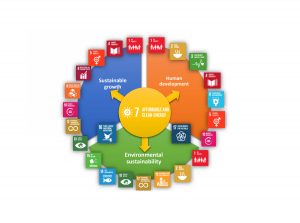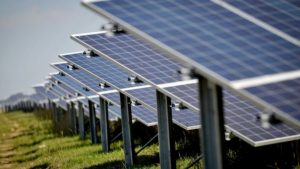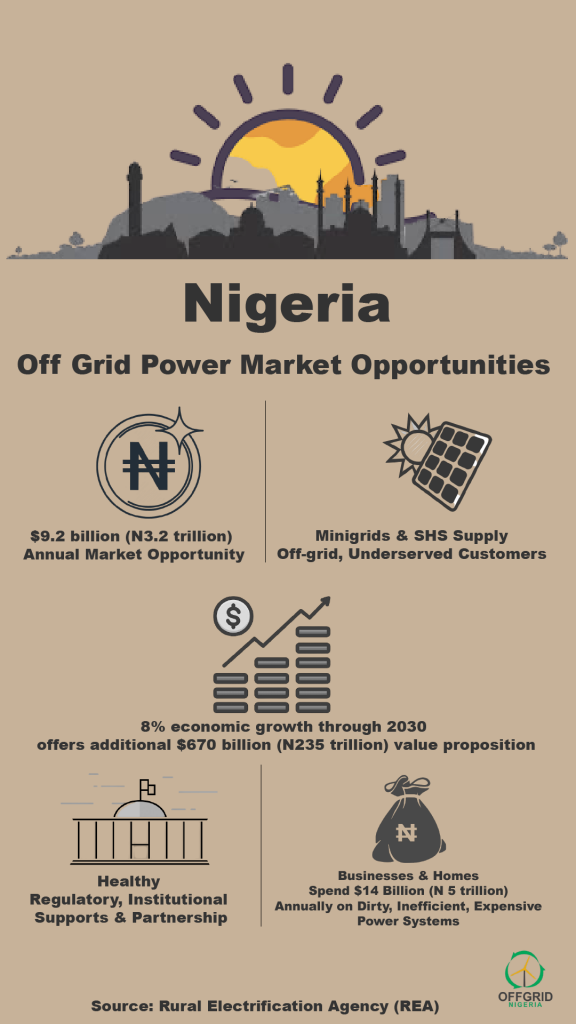A May 2016 Bloomberg report indicated that top oil firms are beginning to walk committedly into the clean energy space.
According to the report, ExxonMobil was already partnering with a company to capture carbon-dioxide emissions from power plants, while Total SA, the French oil major, announced a $1.1 billion deal to buy battery maker Saft Groupe SA, to complement its 2011 purchase of a majority stake in the US solar-panel maker SunPower Corp.
Added to this two was Canadian pipeline company, Enbridge Inc. which announced its decision to pay $218 million for stakes in offshore wind farms as part of its decision to double its low-carbon generating capacity.
But why have these oil majors suddenly picked up this much of interest in clean energy?
The Bloomberg report in response explained that as crude oil prices struggle to recover from its slip and growth projections for renewables soar, these oil companies suddenly began to see a chance to diversify, and get into the heart of clean energy.
“The supermajors recognize there is going to be tremendous growth in low-carbon sources of energy,” said Jason Bordoff, director of the Center on Global Energy Policy at Columbia University.
He added: “To thrive in the long term, they need a mix in their portfolio.”
Similarly, Bloomberg New Energy Finance, stated that between 2005 and 2013, oil majors invested more than $9.4 billion on ethanol and other plant-based fuels, but now that wind, solar and other forms of clean energy have become more viable, they have begun to draw more attention from the once-leery investors.
It reported that in 2015, renewables were the biggest source of new power additions to the U.S. electrical grids, outpacing coal and gas-fired plants.
Also, global solar capacity is projected to double by the end of 2018, while wind will increase by 50 per cent.
“This stuff has gone so mainstream that it seems inevitable some of the largest energy companies in the world will find their way into it,” said Ethan Zindler, a Bloomberg New Energy Finance analyst.
Also, a McKinsey report in this regard stated that there are four main reasons why the link between oil and renewables is weakening:
They operate in different markets.
The economics of renewables are improving: renewables are getting cheaper all the time. Moreover, most regulatory supports, such as portfolio standards, tax credits, and feed-in tariffs, have remained in place, thus shielding the sector to some degree. But the larger story is that of fast-increasing competitiveness.
McKinsey also projected in the report that solar will be competitive with conventional fuels in most states of the US by 2020. It said as for wind, it is generally the cheapest non-hydro renewable since 2009. Its cost has fallen 58 per cent, thanks to less expensive materials and greater efficiency. As a result, wind is either at or near to being competitive, on a cost-per-watt basis, without subsidy, in a number of markets.
The global dynamics of energy are changing: in 2013, China for the first time invested more in renewable energy than Europe, according to the United Nations, and is now the global market leader.
The science is improving: new solar technologies could allow solar cells to be rolled out via 3-D printer and applied almost anywhere. Japan is managing to make fuel cells work. Techniques to convert manure into methane are getting cheaper. Perhaps most important, storage is getting better and cheaper, and investment in the area is rising.
Notwithstanding, the biggest barrier to the widespread deployment of non-hydro renewables is that they cannot be stored for a rainy (or cloudy or windless) day. But there is good reason for optimism. The energy density of batteries—that is, how much can be stored by weight—has improved steadily over the past two decades, and the pace appears to be picking up, with the price of storage down 60 percent in the past decade, according to the Economist.
McKinsey also estimated that the cost of producing lithium-ion batteries, now about $400 per kilowatt-hour, could go as low as $150 by 2020.
While the world is not running out of fossil fuels in the immediate term, McKinsey said the better argument for this pivot is that renewables are, by and large, cleaner than the alternatives, and they provide a welcome diversity to energy supply and therefore enhance national energy security.





